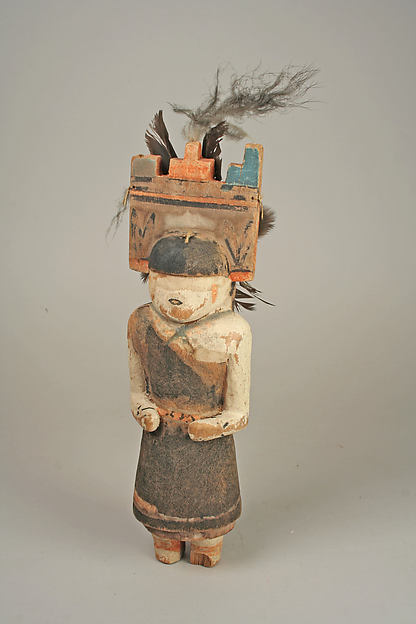| Page | Item | Description |
| 120 | William Wells Brown | (1814-1884) son of a slave woman and white master and born into slavery. An abolitionist, lecturer, novelist, playwright, and historian in the U.S. While working for abolition, Brown also supported causes including: temperance, women’s suffrage, pacifism, prison reform, and an anti-tobacco movement.
Image: The State Historical Society of Missouri |
| 121 | Clotel | Slave narrative published in 1853 and written by William Wells Brown. The full name of the novel is: “The President’s Daughter: A Narrative of Slave Life in the United States.” About fictional slave daughters of Thomas Jefferson. Discusses family, interracial, and master-slave relationships.
“Documenting the American South homepage.” Documenting the American South homepage
|
| 123 | Buffalo Bill’s Wild West show | A circus show organized in 1883 by William F. Cody that featured horseback riding and marksmanship. While hunting buffalo for pay to feed railroad workers, he shot and killed 11 out of 12 buffalo, earning him his nickname and show name “Buffalo Bill.” His show toured the United States and Europe and received acclaimed success and favorable reviews. The show launched a genre of outdoor entertainment that thrived for over three decades. The success of this show was not just attributed to the acts alone, but Buffalo Bill was already skilled in the use of press and poster advertising; his fame and credibility as a westerner also lent star appeal and an aura of authenticity. Most important, Cody gave the show a dramatic and revolutionary narrative structure that engaged the audience. “Wild West Shows.” Buffalo Bill Center of the West |
| 124 | Sugar Blues |
A huge instrumental hit released in 1931 by Clyde McCoy which featured the trumpet’s growling “wah-wah” effect produced by a movable cup (rather than plunging) mute. Clyde’s version was recorded in 1931, and it became so popular that it “went straight to number two on the pop charts.
“The Three Doc(k)s: White Blues in Appalachia.” Black Music Research Journal
|
| 124 | Hopi Dolls | Figures carved, usually from cottonwood root, by the Hopi Tribe (a Native American Tribe) to instruct young girls and new brides about katsinam, the immortal beings that control aspects of the natural world and society and act as messengers between humans and the spirit world.
Circa 1900 Hopi Doll found in Arizona. Medium is wood, paint, feathers, and corn. This doll is about 28 centimeters tall. Image: The Michael C. Rockefeller Memorial Collection
|
| 119 | Steamer North America | S.S. North America was a Lake Overnight Passenger Steamer built in 1913 and retired in 1964. It was originally built for the for the Chicago, Duluth & Georgian Bay Transit Co. and became a popular vessel that worked alongside the S.S. South American that sailed the upper Great Lakes.
Picture credit: The Dowling Collection, UD-M Library- |
| 120 | Standfords | We were unable to find historical documentation of the Standford couple, however St. Catherine’s Cathedral in Ontario was an important stop in the Underground Railroad. St. Catherine’s is sometimes referred to as the “last stop on the Underground Railroad” and Harriet Tubman was known to bring slaves with her there.
“Harriet Tubman and her connection to a small church in Ontario.” Public Radio International
|
| 120 | Slave master laws | Refers to the Fugitive Slave Law of 1850 which required the return of runaway slaves. In this law any black–even free blacks–could be sent south solely on the affidavit of anyone claiming to be his or her owner. Furthermore, the law stripped runaway slaves of such basic legal rights as the right to a jury trial and the right to testify in one’s own defense. While accepted in the South, the Fugitive Slave Law produced widespread outrage in the North and convinced thousands of Northerners that slavery should be barred from the western territories.
|
| 121 | Beulah Land | Originally a novel written by Lonnie Coleman published in 1973 inspired by Gone with the Wind. Focused on family life on a Georgia plantation in the Antebellum South between 1827 to after the Civil War.
“Beulah Land (TV Mini-Series 1980– ).” IMDb
|



